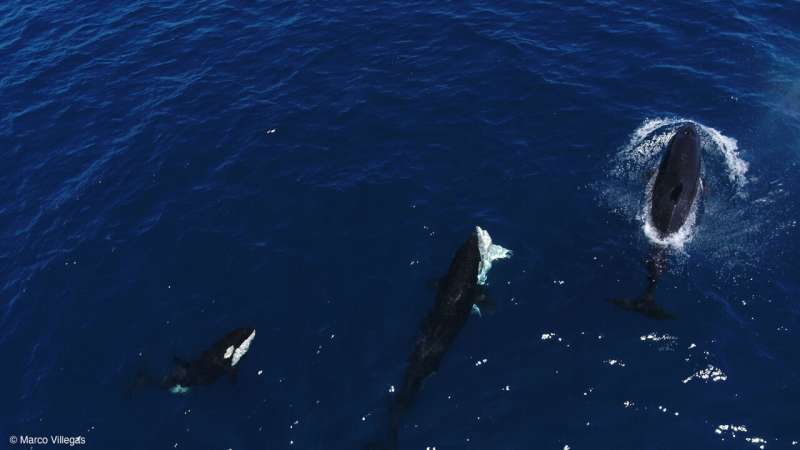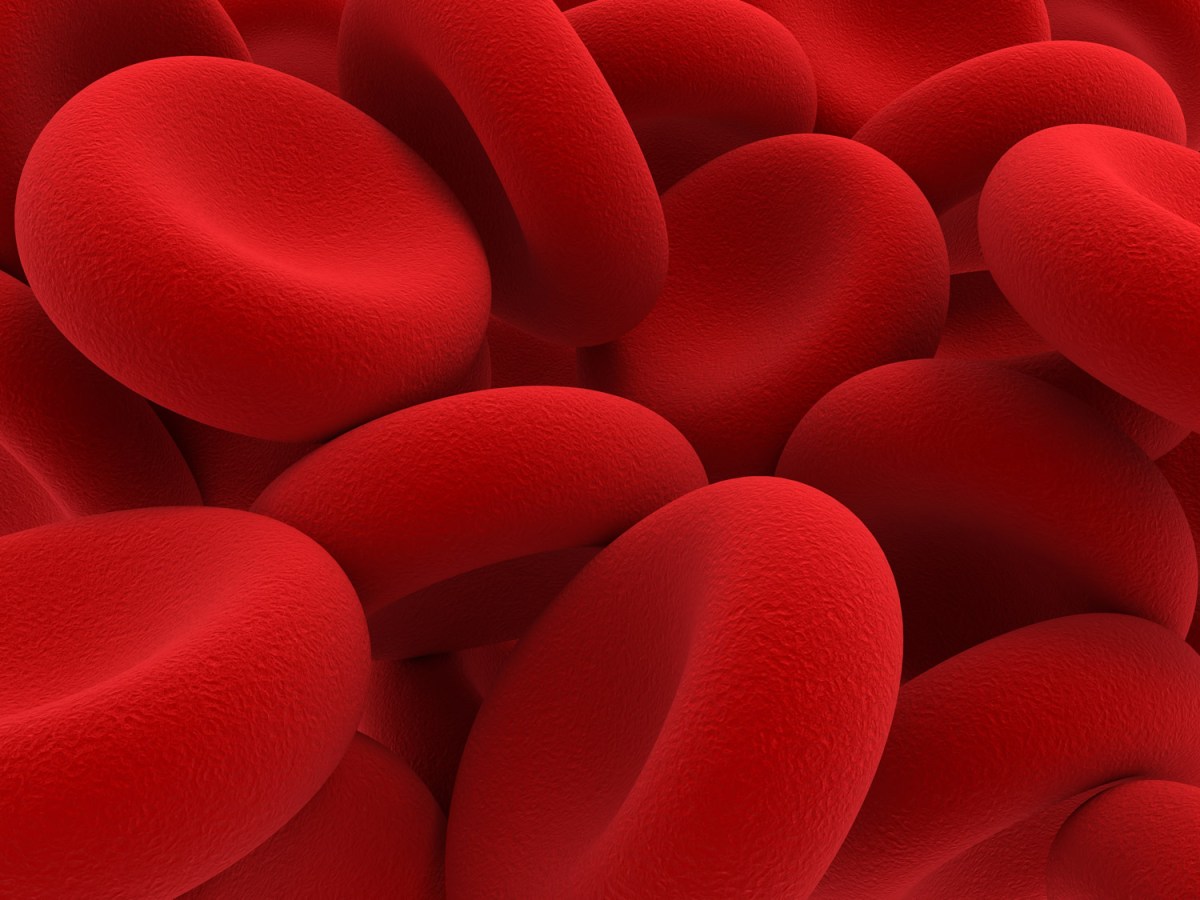A specialized pod of orcas has been observed hunting young great white sharks in the Gulf of California, employing a unique technique that involves flipping the sharks upside down to access their nutrient-rich livers. This behavior, documented by scientists, highlights the orcas’ advanced hunting strategies and could indicate a shift in predator-prey dynamics in the region.
Innovative Hunting Techniques
According to research published in Frontiers in Marine Science, the pod, known as Moctezuma’s pod, showcases remarkable intelligence and social learning. Marine biologist Erick Higuera Rivas, project director at Conexiones Terramar and Pelagic Life, explains that orcas capable of hunting elasmobranchs, which include sharks and rays, have the potential to target great white sharks. He noted, “This behavior is a testament to orcas’ advanced intelligence, strategic thinking, and sophisticated social learning.”
During routine monitoring, scientists witnessed two hunts conducted by Moctezuma’s pod, resulting in the deaths of three juvenile great white sharks. The first incident occurred in August 2020, where five orcas cooperatively pursued a juvenile shark, flipping it onto its back before consuming its liver. A similar hunt was recorded in August 2022, demonstrating a consistent hunting pattern.
Understanding Predator-Prey Dynamics
The technique of flipping a shark upside down induces a state known as tonic immobility, which temporarily paralyzes the shark, rendering it defenseless. Higuera elaborated, “This temporary state renders the shark defenseless, allowing the orcas to extract its nutrient-rich liver and likely consume other organs as well.”
Notably, the researchers observed that juvenile sharks might be more susceptible to this predatory behavior. Dr. Salvador Jorgensen of California State University remarked, “Adult white sharks react quickly to hunting orcas, completely evacuating their seasonal gathering areas and not returning for months. But these juvenile white sharks may be naive to orcas.”
The Moctezuma pod, named after a prominent member, has previously been documented hunting rays and bull sharks, suggesting they have adapted their techniques to include great white sharks in their diet as environmental changes alter shark nursery areas.
Changes in white shark distribution, possibly due to climate events like El Niño, have led to an increase in juvenile sharks in the Gulf of California. As their presence grows, they may become more vulnerable to orca predation. Higuera noted, “Each new cohort of juveniles could be a vulnerable seasonal target.”
Despite these observations, researchers stress the need for a broader survey to determine whether Moctezuma’s pod regularly hunts great white sharks or specifically targets juveniles during certain periods. Dr. Francesca Pancaldi of the Instituto Politécnico Nacional emphasized the importance of understanding the orcas’ feeding behaviors to inform conservation efforts. “Generating information about the extraordinary feeding behavior of killer whales in this region will lead us to understand where their main critical habitats are,” she stated.
The scientists are planning further studies to explore the dietary habits of this orca population, which could lead to the establishment of protected areas and management plans aimed at reducing human impact on these marine ecosystems.
This research not only sheds light on the predatory strategies of orcas but also raises questions about the adaptability of great white sharks in the face of changing ocean environments. With ongoing monitoring and data collection, marine biologists hope to gain deeper insights into these complex interactions in the Gulf of California.







